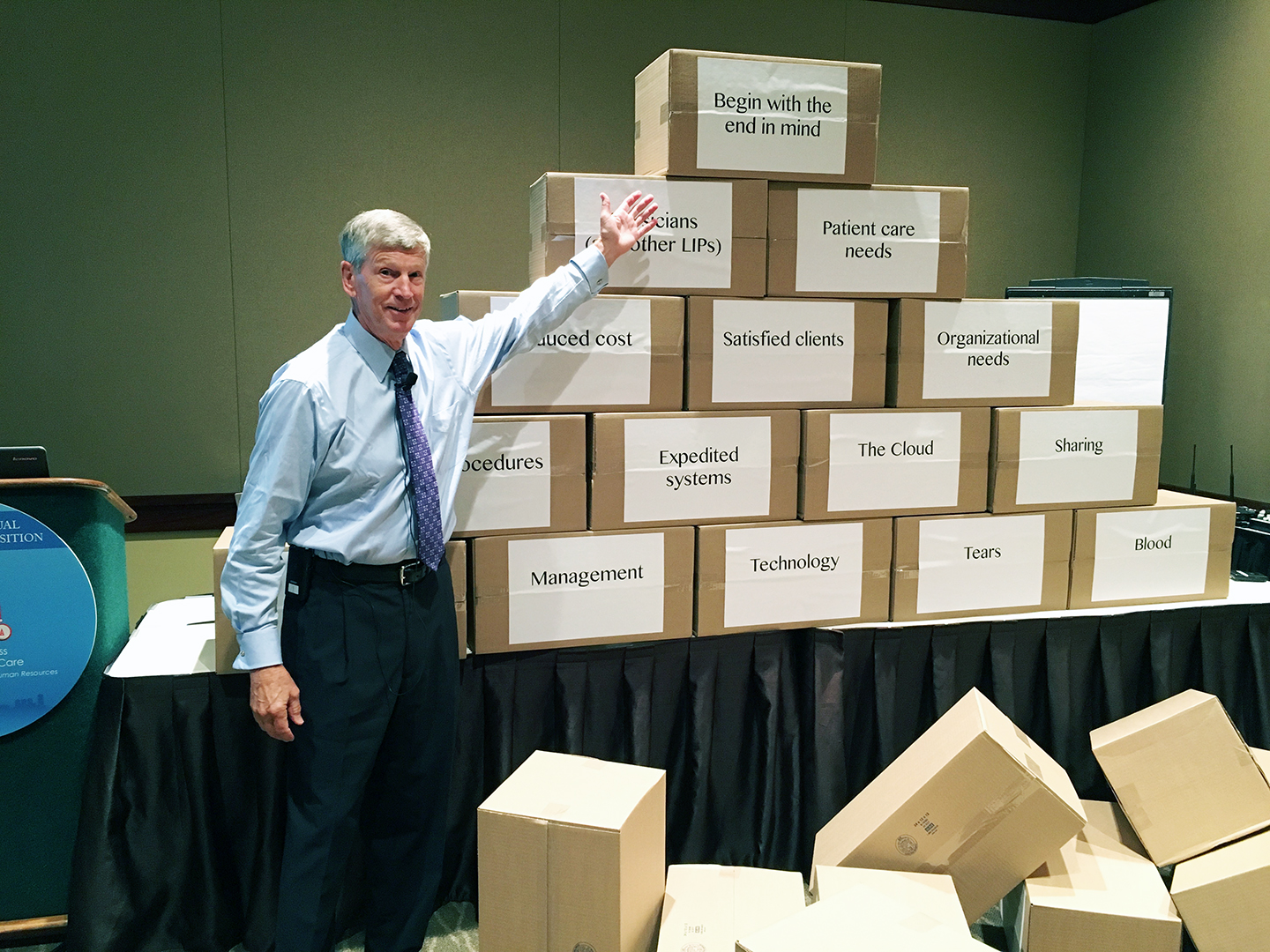– The best resource for monthly healthcare regulatory compliance updates. Compliance Updates: April 2024 Overlook: Licensure Compacts Other Legislation Board Updates Interstate Medical...


Verisys sponsored Hugh Greeley’s presentation at ASHHRA 2017 held in Seattle, Washington in September. In the presentation, Hugh encouraged human resource directors to be a champion of technology that consolidates and stores primary-source verified data on practitioners and allows any authorized party to access it.
He compared that technology to a driver’s license or the digital individual files kept by car rental companies that allow people to expedite the car rental experience. Verisys’ CheckMedic MedPass creates a single source of truth on every health care provider in the U.S. for each and every stakeholder, from providers to consumers.
Adding this technology to the human resource director’s process can remove the time lag between onboarding and clinical practice while assuring compliance through transparency. A quick turn between onboarding and clinical practice is an value-add to the candidate.
Acquisition can be tricky when there’s a shortage of talent in the marketplace. Sometimes onboarding a needed candidate quickly can supersede the need to ensure the right person is invited to join hospital staff. The following are steps to guide the human resource hiring process so that it results in a long-term, meaningful engagement:
Start with Clear Criteria
Recruit with the end game in mind. Be strategic with regard to specialties and privileging types.
Identify and Reinforce Culture
Evaluate the alignment of personality and experiential attributes of the candidate with your culture. Identify and implement aspects of the culture from top down with clarity and consistency.
Screen and Verify Against FACIS®
FACIS® is the only data set that reveals a historic, expanded view of a practitioner’s behavior. The OIG’s LEIE data set will only show if a practitioner is currently excluded. With FACIS®, the human resource director can see current and historical exclusions as well as debarments, disciplinary actions, and sanctions ranging from as early as 1990 to real time.
Centralize and Digitize Application and Primary Source Verified Data
Your first act of appreciation when recruiting health care talent is to make the onboarding process efficient, swift, and painless.
STEPS FOR APPOINTING MEDICAL STAFF WHEN WORKING WITH RECRUITERS
Note: All of the above should become part of the recruitment screening process in order to permit prompt processing of applications. In other words, start the process as early as possible.
Note: All normal processes required for employment and/or appointment should have been completed at this stage, including required applications, provision of access to medical staff bylaws, rules and regulations, and application policies and procedures.
Process for expedited granting of appointment and clinical privileges:
The Problem with Duplication
In many institutions, the employment process for licensed independent practitioners and the appointment process for medical staff contain significant unnecessary, costly, and time-consuming duplication.
HR personnel should seek to determine if any of the following are duplicated by the combination of HR, corporate compliance, medical staff office, or physician employment division:
#verisyscorp #verisys #FACIS #hughgreeley #ashhra #ashhra2017 #ashhra17 #HR #humanresources #onboarding #chiefofstaff #medicalstaff #exclusions #dea #criminalbackgroundcheck #FPPE
 |
Written by Susen Sawatzki Healthcare Industry Expert Muse. Writer. Publisher. Producer. Creator of Inspiring Narratives. Connect with Susen on LinkedIn |